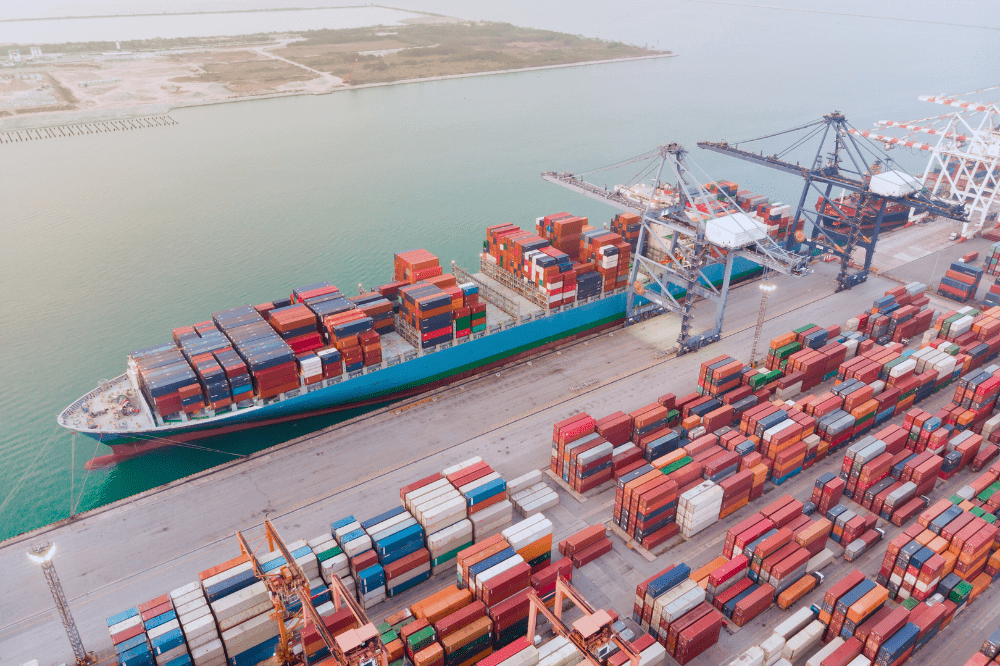The US international trade deficit has widened to its largest gap since April 2023 and it has sent shockwaves through the American economy!
The Bureau of Economic Analysis (BEA) released data showing a wider-than-anticipated increase in the U.S. trade deficit. The February deficit reached $68.9 billion, marking the largest gap since April 2023, and surpassing the previously reported January figure of $67.6 billion. Economists are concerned about potential impacts on the first quarter’s GDP figures due to the widening deficit.
On the export side, the U.S. reached a record high of $263 billion, reflecting a 2.3% increase. Shipments of civilian aircraft, crude oil, and soybeans were key drivers. However, exports of passenger cars declined.
Imports also rose significantly by 2.2%, reaching a 14-month high of $331.9 billion. This growth was primarily fueled by increased purchases of automobiles, household goods, mobile phones, and pharmaceutical products.
Further details from the BEA reveal a mixed picture for U.S. trade. While the country maintained surpluses with some regions like Central and South America ($5.5 billion), Netherlands ($4.3 billion), Hong Kong ($2.8 billion), and Australia ($1.6 billion), significant deficits were recorded with others. China led the deficit list at $21.9 billion, followed by the European Union ($17.6 billion), Mexico ($15.3 billion), and Vietnam ($7.6 billion).
The international supply chain faced significant disruptions – like higher shipping costs, delayed deliveries, and product shortages – following the COVID-19 pandemic. But conditions have improved over the past year and appear to be recovering, despite recent mess. Recent events like the Red Sea crisis, Panama Canal bottlenecks, and the Baltimore bridge disaster have caused temporary issues for global shipping.
The current administration is actively working to diversify trade partnerships by reducing reliance on China. This strategy includes strengthening ties within the Asia-Pacific region and encouraging the return of manufacturing jobs to the United States (reshoring).
The latest government funding bill allocated $21 billion to the International Monetary Fund (IMF). The goal is to assist low-income countries as they try to strengthen economic growth, stabilize the economy, and improve debt management. Treasury Secretary Janet Yellen has been a vocal proponent of increased IMF funding in attempts to counter China’s potential for outsized influence globally, preventing it from holding sway over vulnerable countries.
If you want to check out more news and financial tips on our website, you can click on this link!

